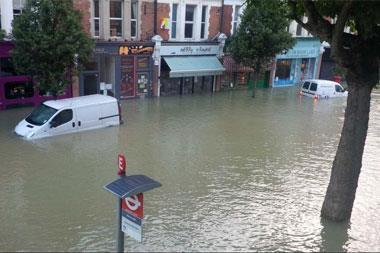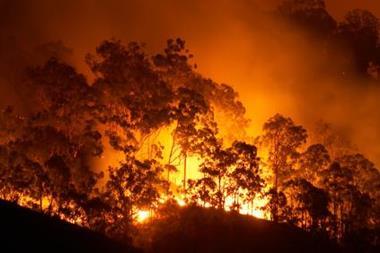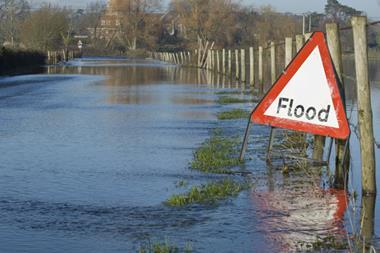A poor understanding of floods and insufficient risk reduction measures played a key role in last year’s disaster, finds Zurich
In July 2021, the extreme weather event “Bernd” caused extensive damage and great human suffering, especially in western Germany. Yet this was not inevitable. Even an extreme weather event of this magnitude can, in principle, be detected in time, and its potential consequences be addressed with better outcomes.
This is the conclusion reached by Zurich Insurance’s PERC (Post-Event Review Capability) analysis.
Reducing last year’s disaster to an unforeseeable extreme weather event, caused by climate change, with consequences against which we are powerless, fails to recognise the complexities of our current reality, it warns.
The study shows that an inadequate understanding of floods, a problematic structure for rebuilding and insufficient pre-emptive risk reduction measures played a key role in the disaster.
Remembering historical events
“Many of those affected described the flood disaster as ‘unprecedented’ and ‘unforeseeable’,” explained Michael Szönyi, head of Zurich’s Flood Resilience Program. “While this is understandable given the circumstances, it is also demonstrably incorrect.
“Records show that the Ahr Valley suffered a flood of similar magnitude back in 1804. Another flood in 1910 significantly exceeded current gauge records.”
“Evidently, extreme weather events are forgotten only too quickly,” he continued. “This may be the reason why extensive flood resilience schemes from the 1920s were never implemented. Even when the Ahr Valley flooded again in 2016, there was talk of a once-in-a-century event, which the historical records show was far from true.”
Less than a year after Bernd, demand for natural hazard insurance has already dropped back to pre-disaster levels, he noted.
“The ability to deal with natural hazards has declined among the population as a whole. Awareness that floods can and do happen, and of their potential severity, therefore needs to be embedded more strongly and permanently in people’s minds,” Szönyi said.
This can be achieved by commemorating the victims of floods and installing highly visible historic flood markers, among others.
The PERC report was prepared by experts from the Zurich Flood Resilience Program, the International Federation of Red Cross and Red Crescent Societies (IFRC), the International Institute for Applied Systems Analysis (IIASA), ISET-International (ISET) and the London School of Economics (LSE).
The extreme weather event resulted in estimated total losses of €40 to €50 billion and more than 230 fatalities within a single week. It affected not only the regions along the Ahr and Erft rivers and their tributaries, but also Belgium, Luxembourg and the Netherlands.




















No comments yet